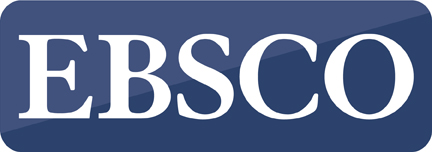Critical Success Factors and Negative Effects of Development – The Boeing 787 Dreamliner
Keywords:
Breakthrough innovation, critical success factors, the primary and secondary success factors, the effects of innovative activities.Abstract
One of the most turbulent industries, which regards innovation as a necessity rather than a choice, is the airline industry. The paper presents the breakthrough innovation of the Boeing Company, its new aircraft model – the 787 Dreamliner. A number of innovations have been implemented within this new model. The concept of sustainable development and environmental protection has been applied as well in order to ensure positive effects on the whole society and the environment. On the one hand, this type of innovations leads to a leadership position and the maintenance of a competitive advantage in the long run. On the other, a high level of the complexity of such innovations carries with itself a high degree of risk and uncertainty. Therefore, it is necessary to identify the critical success factors from the beginning of the innovation process, i.e. idea generation, to the end, i.e. the implementation of innovative products. All critical success factors should be taken as a complex system with constant redefinition and predicting even those, sometimes very hard to foresee, critical factors that can bring the process of innovation into question. Despite the fact that the critical success factors are known, the number of innovations that do not experience a market success is quite high. Applying the criterion of significance, the paper identifies the list of the primary and the secondary critical success factors with respect to the new aircraft. After the identification, it can be concluded that the critical success factors regarding the new Boeing model had a negative impact on the innovation itself, which led to delays in the production process and the three-year prolongation of the delivery of the 787 Dreamliner. The failure to meet the planned objectives of the new aircraft model and the subsequent fall of the company’s reputation, caused by the loss of its loyal customers and business partners, led to a distortion of the competitive position of the Boeing Company.
Downloads
Published
Issue
Section
License
Copyright (c) 2016 Maja Strugar Jelača, Agneš Boljević

This work is licensed under a Creative Commons Attribution-NonCommercial 4.0 International License.














